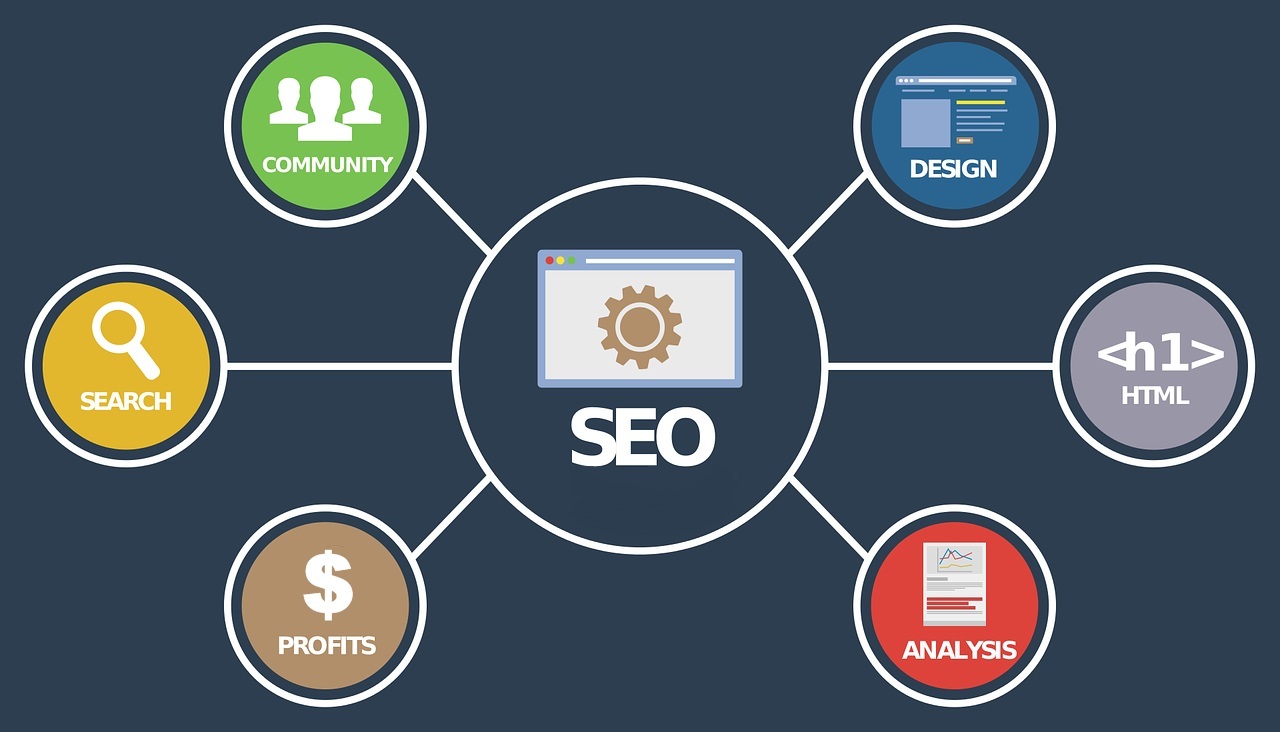We live in a digital age where everyone wants their business or idea to stand out. Whether you’re an artist showcasing your talent, a startup getting your product into the market, or an enthusiastic blogger sharing your thoughts, a visually appealing and well-optimized website can significantly boost your online presence. With the tools and services available today, creating a beautiful, user-friendly website doesn’t have to be a chore or break your bank. In this guide, we’re going to show you seven cost-effective strategies to improve your site’s SEO and get it noticed in the sea of content that is the World Wide Web.
Content
1. Start with a User-friendly and SEO Optimized Website
The first step towards improving your SEO is to have a user-friendly, SEO optimized website. This sounds like a no-brainer, but you’d be surprised by how many sites overlook this critical aspect. Creating such a website might seem like a daunting task, especially if you have limited coding knowledge. Thankfully, tools like Remixable have made it easier than ever. Check out these remixable reviews and learn how you can create stunning, SEO-friendly websites in just six clicks!
2. Create Quality Content Regularly
Content is king in the world of SEO. Regularly publishing relevant, high-quality content will not only keep your audience engaged but also increase your chances of being found by search engines. Whether it’s blog posts, podcasts, infographics, or videos, consistency is key.
3. Master Keyword Research
Effective keyword research can catapult your website from obscurity to the top of search results. Use keyword research tools to find what terms your target audience is searching for and optimize your content around these keywords. But remember, don’t overstuff your content with keywords; use them strategically and naturally.
4. Harness the Power of Social Media
Never underestimate the power of social media. It’s a potent tool that can improve your website’s SEO. Share your content across different social media platforms to increase visibility, generate backlinks, and drive traffic to your site.
5. Use SEO Tools and Plugins
SEO tools and plugins can help you streamline and automate the SEO process. They can help you analyze your site’s performance, do keyword research, generate sitemaps, and much more. There’s a wealth of free and paid SEO tools out there. Choose one that best fits your needs and budget.
6. Get Your Site Mobile-ready
In today’s world, more people access the web via their smartphones than desktop computers. So, having a mobile-friendly site is essential. Google also favors mobile-friendly websites, so ensure your site is optimized for mobile users.
7. Invest in Link Building
Link building is a powerful SEO strategy that involves getting other websites to link back to your site. These backlinks are seen by search engines as a vote of confidence, which can improve your site’s SEO. However, this strategy requires effort and time. You can start by creating great content that people would want to link to. Also, consider guest posting on other sites.
To understand more about link building, check out this insightful article about project milestones in business and how they can be used to enhance your link-building efforts. And for those of you interested in energy independence (and who isn’t these days?), there’s this great read on why you should think about it, which also serves as a brilliant example of excellent content for backlinking.
The road to SEO success may be long and winding, but these tips should put you on the right path. Remember, SEO is a marathon, not a sprint. It takes time, patience, and persistence, but the results are well worth it.
SEO is More Than Just Visibility
A common misconception is that SEO is only about making your website more visible on search engines. While visibility is an important aspect, SEO is much more comprehensive than that. It’s about creating a seamless and positive user experience. Search engines like Google are becoming increasingly sophisticated and are better at understanding what users are looking for. So, to be successful with SEO, your focus should be on understanding your audience’s intent and providing them with valuable content that meets their needs.
The Impact of SEO on Your Brand
Your website is an important part of your brand. It’s where people go to learn more about your business, products, or services. With proper SEO, you can ensure that your website accurately represents your brand and resonates with your target audience. It can help you establish credibility and authority in your industry. When people find your website through organic search and have a positive experience, it strengthens your brand’s image and reputation.
Future-Proof Your Business with SEO
Digital trends come and go, but SEO is here to stay. As more businesses move online, competition for attention is fiercer than ever. By investing in SEO, you’re not only improving your visibility and credibility but also future-proofing your business. SEO gives you a solid foundation to withstand changes in the digital landscape. It’s an investment that pays off in the long term.

Bradley attended Boston University where he received a Bachelor’s degree in Economics and Political Science as well as a Master’s degree in Business Administration from Columbia University Graduate School of Business (currently attending). He loves to write about everything business related.
